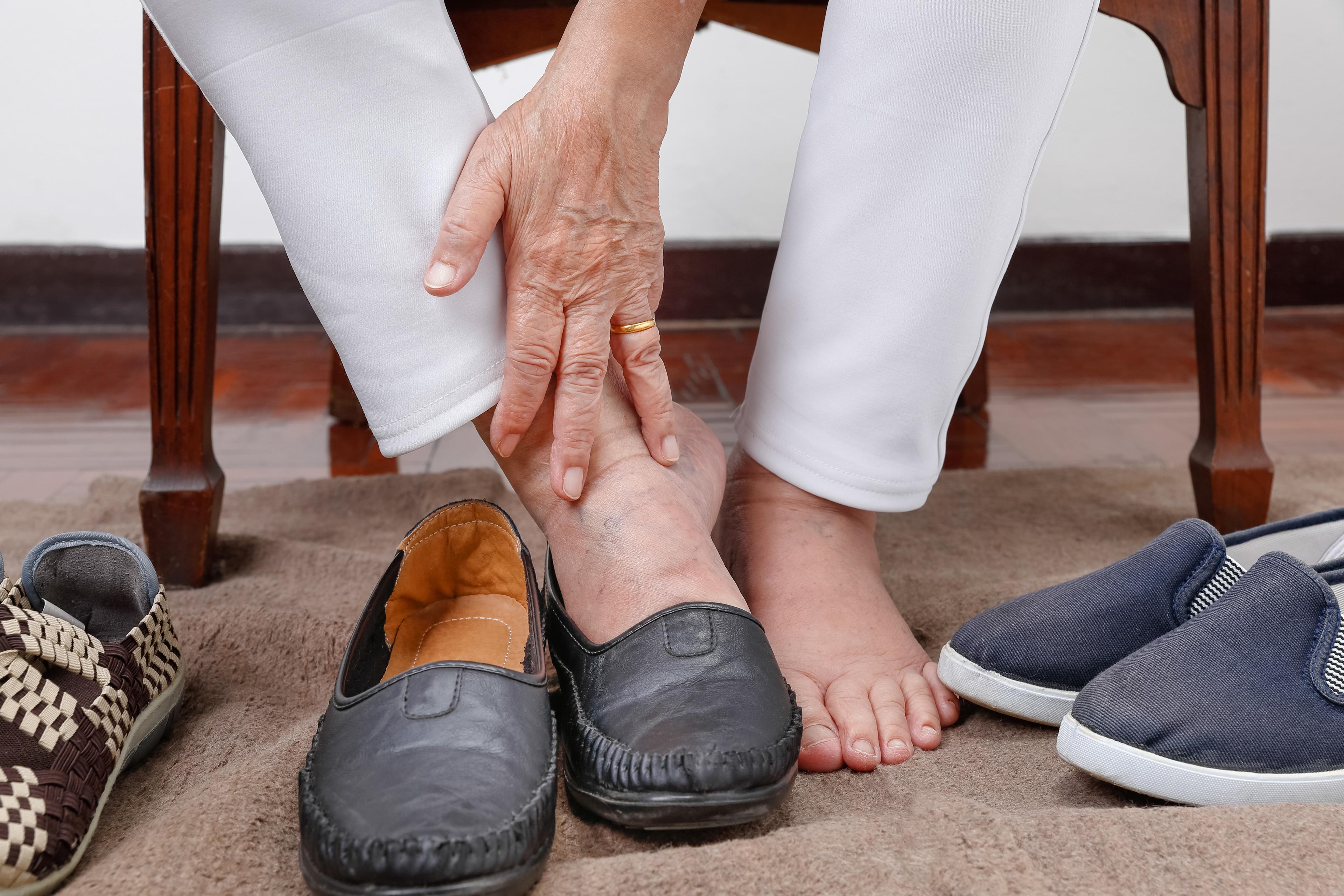
Gas-burning stoves have fallen under public scrutiny in recent months after a 2022 study linked them to an increased risk of childhood asthma.
About 35% of United States households fire up those blue flames inside their homes and use gas to cook, according to the study, which states that 12.7% of childhood asthma cases are caused by gas stoves. Led by the Rocky Mountain Institute, the study suggests that nearly 650,000 cases of childhood asthma can be attributed to gas stove use.
Asthma is a chronic lung disease that often develops during childhood, usually before the age of 5. Currently, about 4.8 million children under the age of 18 have asthma, making it the most common chronic disease among children.
How are gas stoves linked to asthma and other health issues?
Gas stoves emit numerous pollutants, several of which – like nitrogen dioxide and carbon monoxide – are known to irritate the lungs and exacerbate respiratory issues. Nitrogen dioxide is produced when natural gas is burned at high temperatures in the presence of the nitrogen in the atmosphere.
Additionally, gas stoves leak even when they are turned off. A Stanford study that tested gas stoves in 53 homes found that each one of the stoves leaked methane gas, even when turned off. Both methane and NO2contribute to air pollution.
Studies documenting the health risks associated with gas stoves dates back decades. A 1992 meta-analysis – conducted by scientists at the Environmental Protection Agency and Duke University – found that nitrogen dioxide exposure that is comparable to that from a gas stove increases the odds of children developing a respiratory illness by about 20%.
A 2013 meta-analysis of 41 studies found that gas cooking increases the risk of asthma in children and that nitrogen dioxide exposure is linked with currently having a wheeze.
Gas stoves in the news
Gas stoves became a political issue soon after the 2022 study was released. The American Gas Association pushed back on the study’s methodology, stating that claims made were driven by advocacy-based models and hypotheticals, rather than science based on real-life appliance usage.
In January 2023, U.S. Secretary of Energy and former Michigan governor Jennifer Granholm promoted tax credits in the Inflation Reduction Act that offer households thousands of dollars to transition from fossil-fuel-burning heaters, stoves and cars to cleaner versions.
Some areas of the country are working to phase out natural gas use indoors. Close to 100 cities and counties have passed either ordinances or building codes that ban natural gas lines to new buildings and homes. Meanwhile some states are passing “bans on bans” to keep cities from restricting the use of gas.
In April, federal appeals court overturned Berkeley, California’s ban on natural gas hookups to new buildings.
Minimizing the health risks of gas stoves
If your family cooks with gas, consider practicing these four tips to limit the health risks posed by gas stoves:
Check ventilation: Ventilation does not eliminate gas stove pollution, but using your kitchen’s range hood – also known as a vent hood or kitchen hood – can reduce the exposure of indoor pollutants.
Cook on back burners: The exhaust hood is likely to remove more cooking fumes if you cook on the backburners as opposed to the front burners.
Install a carbon monoxide monitor: Install a CO monitor to ensure safe air quality and prevent carbon monoxide poisoning. For families that include people with underlying cardiovascular problems, sensors that detect CO at lower levels could be a good fit.
Open a window while cooking: If you do not have a range hood, open a window while cooking to allow for better air circulation. Opening windows for even five minutes can help decrease indoor air pollution. But be mindful that this solution’s usefulness depends on outdoor temperature and air quality.
Read more:
- Are You the Default Parent? How to Recognize Signs and Ease the Burden
- Teen Girls Are Facing Record Levels of Sadness. Here’s Why.
- How Summer Weather Affects Chronic Health Conditions
Photo credit: Getty Images





